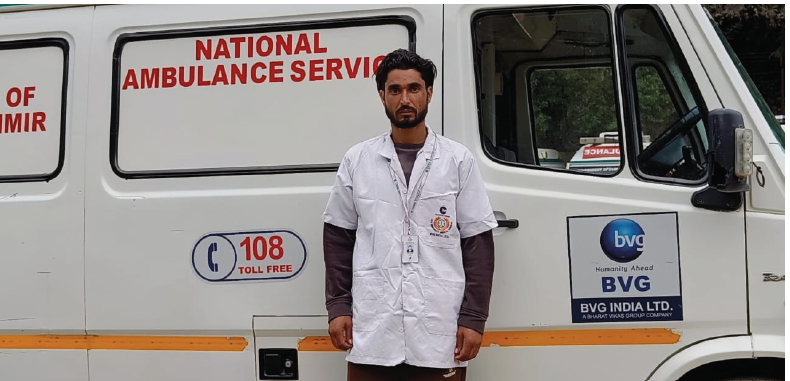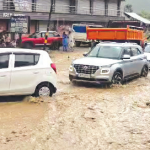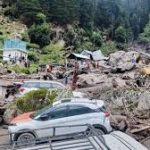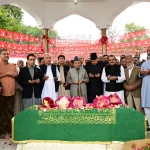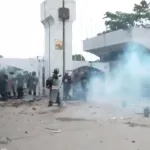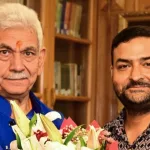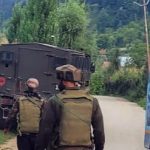Srinagar, Aug 18: When a devastating cloudburst struck Chositi village in Kishtwar on August 14, 2025, chaos and panic engulfed the remote region. Amid the destruction, Arif Rashid, an ambulance driver, and Emergency Medical Technician (EMT) Sunil Kumar of Jammu & Kashmir’s 108 Emergency Services emerged as beacons of courage and humanity.
Arif had been on duty for the annual Machail Mata Yatra, stationed in Padder since July 25. On that fateful day, while preparing to transport ailing pilgrims to the hospital, a massive wall of water and debris thundered down the valley. Within minutes, homes were swept away, people trapped, and desperate cries for help echoed through the mountains.
When the cloudburst struck, the 108 control room received an urgent call from EMT Sunil Kumar, who was on duty alongside pilot Arif Rashid.
“The flood came all of a sudden. We saw people stuck in the debris, crying for help. My first instinct was to rescue the injured,” Arif recalled.
“We pulled out more than 30 people that day, some alive, some dead. I removed my trousers and jumped into the mud and debris to reach them. Allah gave me the courage. It was my duty as a human being,” he said humbly.
In one harrowing moment, Arif dove into the riverside to retrieve a body trapped beneath the water, risking his life without hesitation. The 30-year-old has since tirelessly transported the injured to hospitals, ferried the deceased for last rites, and braved heavy rains and treacherous terrain to support ongoing rescue operations.
For days on end, Arif worked without pause, often without food or rest. His hands bruised, clothes torn, yet he refused to step back. “I have been working as an ambulance driver since 2022. This was an opportunity to save humanity. I only did what any human being should do,” he said.
Amid the grief and destruction, Arif Rashid stands tall — a warrior in uniform, a savior in the valley, and a reminder that true heroism is born in moments of crisis.
On the same day, a landslide struck between Chositi and Padder near Jusniya Nallah, forcing ambulances to carry injured victims down to a blocked stretch before transferring them to vehicles waiting on the other side.
Mushtaq Ahmed, Project Head of JKEMS, saluted Arif’s bravery. “He fearlessly risked his life, pulling pilgrims from rubble with his bare hands. His selfless dedication saved many lives — he is the hero of Kishtwar.”
In the past few days, Arif has continued to work in perilous conditions, ferrying injured and deceased individuals to safety despite heavy rains and unstable terrain. On August 18, he helped retrieve a body and the severed leg of a victim from the debris.
Mushtaq Ahmed added that once the ambulance control room received the initial alert, 14 nearby ambulances from Kishtwar and Doda districts were dispatched immediately.
Under directions from the Mission Director, National Health Mission (NHM), 18 ambulances were sent from Kashmir division, seven from Udhampur and Ramban, four from Jammu, and two from Samba district, totaling 47 ambulances from 108 JKEMS deployed for rescue operations.
“On the first day alone, 77 patients were shifted to hospitals. Of them, 31 were in critical condition requiring ventilator support and were transported from District Hospital Kishtwar to Government Medical College Jammu for advanced medical care,” Mushtaq said.
The rescue operation remains ongoing, with nearly 200 people reported missing and feared trapped under the debris. The nearest health facility, Sub-District Hospital Padder, is located 25 kilometres from the disaster site. All 47 ambulances remain stationed at ground zero to continue lifesaving efforts.
So far, 63 people have lost their lives in the deadly Kishtwar cloudburst, around 80 remain missing, and at least 167 injured devotees and locals have been rescued as the search for the missing continues.


